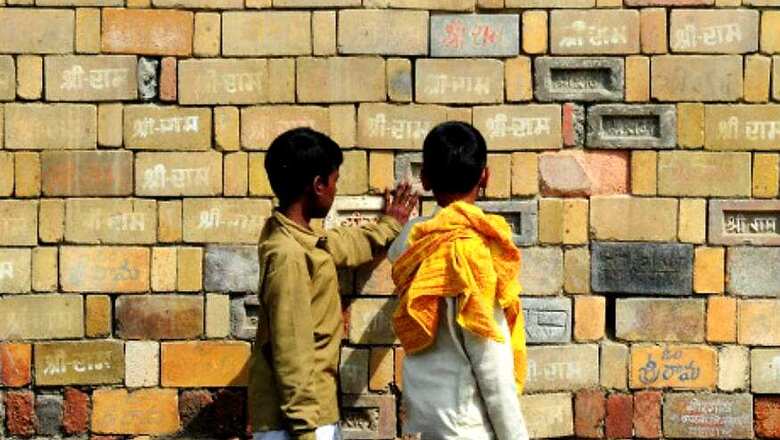
views
New Delhi: The Supreme Court on Tuesday took objection to the plea of Muslim parties that Hindus' two holy books, 'Valmiki Ramayan' and 'Ram Charitmanas' did not mention the precise birthplace of Lord Ram at Ayodhya, and queried as to why should that deprive worshippers of believing that Lord Ram was born at a particular place.
A five-judge Constitution bench headed by Chief Justice Ranjan Gogoi was putting searching queries to senior advocate Zafaryab Jilani, appearing for the Muslim parties, after he vehemently argued that the holy books and even Ain-i-Akbari of Abul Fazl did not mention the so-called age-old belief of Hindus that Lord Ram took birth under the central dome of the now-demolished Ram Janmbhoomi-Babri Masjid.
"Only because 'Valmiki Ramayan' and 'Ramcharit Manas' do not mention the precise site in Ayodhya where Ram was born, can't Hindus believe that Ram was born at a particular place in Ayodhya," said the bench, also comprising Justices SA Bobde, DY Chandrachud, Ashok Bhushan and SA Nazeer.
The bench, on the 30th day of the hearing in the case, took exception to the assertion of Jilani that Ain-i-Akbari has "minutest details" of historic events even pertaining to 10th century BC, but it does not talk about the belief of Hindus with regard to the disputed site being the birthplace of Lord Ram.
Jilani conceded, however, the belief that Ayodhya was the birth place of Lord Ram is correct and there was no dispute over the 'Ram Chabutara' in the outer courtyard being the birth place after a trial court held so, and no appeal was filed against the order.
The senior advocate was responding to a series of questions posed by the bench which also asked that "there was no dispute that Lord Ram was born in Ayodhya and only dispute is about the birthplace in the holy city". Jilani responded that the dispute about the exact site of birth arose after 1949 when the idols were placed inside the structure under the central dome.
The arguments became intriguing when Jilani said that negative inferences can be drawn from the fact that the holy books did not deal with the birth place. "Mr Dhavan had said that just because Marco Polo did not mention about the great China wall in his write up, it did not mean that the wall did not exist," the bench said.
Hinduism is "too exhaustive" and was not restricted to these two holy books only, the bench said and referred to the testimony of a witness who had said that the 'Skand Puran" dealt with the exact location of the birthplace being 200 paces away in south-west direction from 'Sita Kund' on the premises.
While the submissions regarding 'Sita Kund', Agni Kund and 'Ram Chabutara' were made, the bench observed that all these three places were located in a particular area and at the best "you can reach to the conclusion that the place of birth of Lord Ram is at or around these locations".
The submission by the lawyer that Ain-i-Akbari has all the minutest details about India and from this it can be said that there was no such belief that Lord Ram took birth at the site, prompted the bench to ask, "Then how come it does not mention Babri Masjid".
On being told that only important facts were mentioned in Ain-i-Akbari, the bench shot back asking: "A mosque built on the instructions of an emperor is not important." While he was elaborating that Mir Baki, the governor of Babur, built a mosque under his command, the bench asked him "if a Governor built a mosque will it not assume the importance".
Jilani said hundreds of mosques were built in Lucknow by the governors of Nawabs, but how can all be important. When the bench said "there are versions that Mughal ruler Babur demolished a temple and built a mosque or he built a mosque where there was a temple or he built a mosque on a vacant land", Jilani replied "our case is based on the third version.
"When the mosque was constructed there was nothing. There was no visible sign of anything," he said and added that "after excavation so many things have come out". He said since 1855, the place has assumed importance and in 1528, when the mosque was built there was no importance attached to it till it became a disputed structure.
Earlier in the day, senior advocate Rajeev Dhavan, also appearing for Muslim parties, concluded his submissions after rebutting the plea of Gopal Singh Visharad, now deceased, who had filed the lawsuit in 1950 seeking right to worship at the site.
Dhavan said Visharad had also sought an order that the idols placed under the central dome be not removed. So far as Visharad's right to worship is concerned, it cannot be enforced as he is dead now and the no other right can be granted.
Dhavan referred to the fact that Mughals, Nawab of Awadh and then Britishers had been paying money to the 'Mutawali' of the mosque to maintain its affairs and hence, it was proved that the place was a mosque. He said the building was never a temple and no idol was installed till 1949 and the trespass does not entitle trespassers any right to title.
In response to a query that some Muslim witnesses had said that they had no objection if the land was given to Hindus, he said those witnesses were not cross-examined and cannot be relied upon. The bench would resume hearing on Wednesday.
The Allahabad High Court, in its judgment of 2010 on four civil lawsuits, had partitioned the 2.77-acre disputed land equally among Sunni Waqf Board, Nirmohi Akhara and Ram Lalla. Fourteen appeals have been filed in the Supreme Court against the verdict.













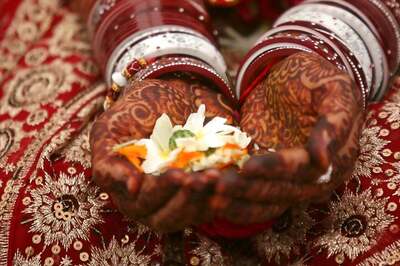
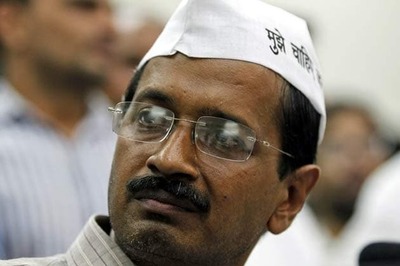
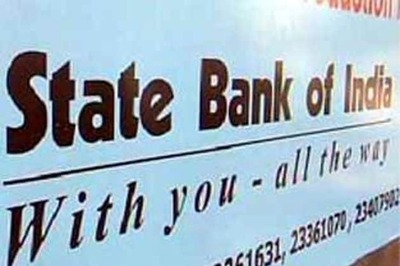
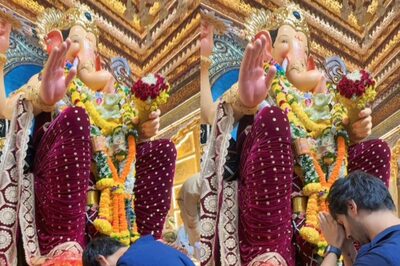
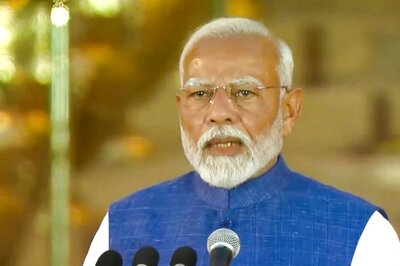
Comments
0 comment